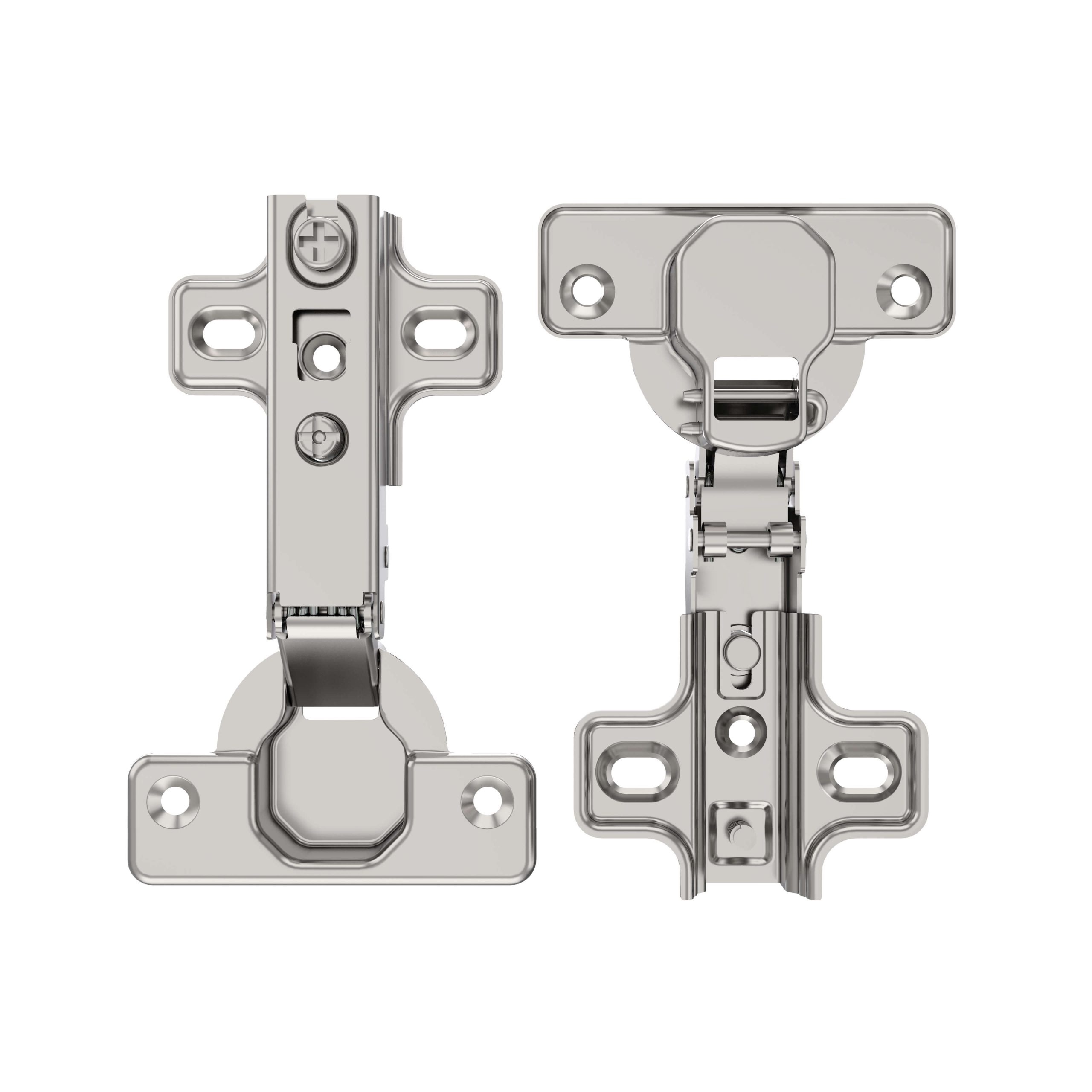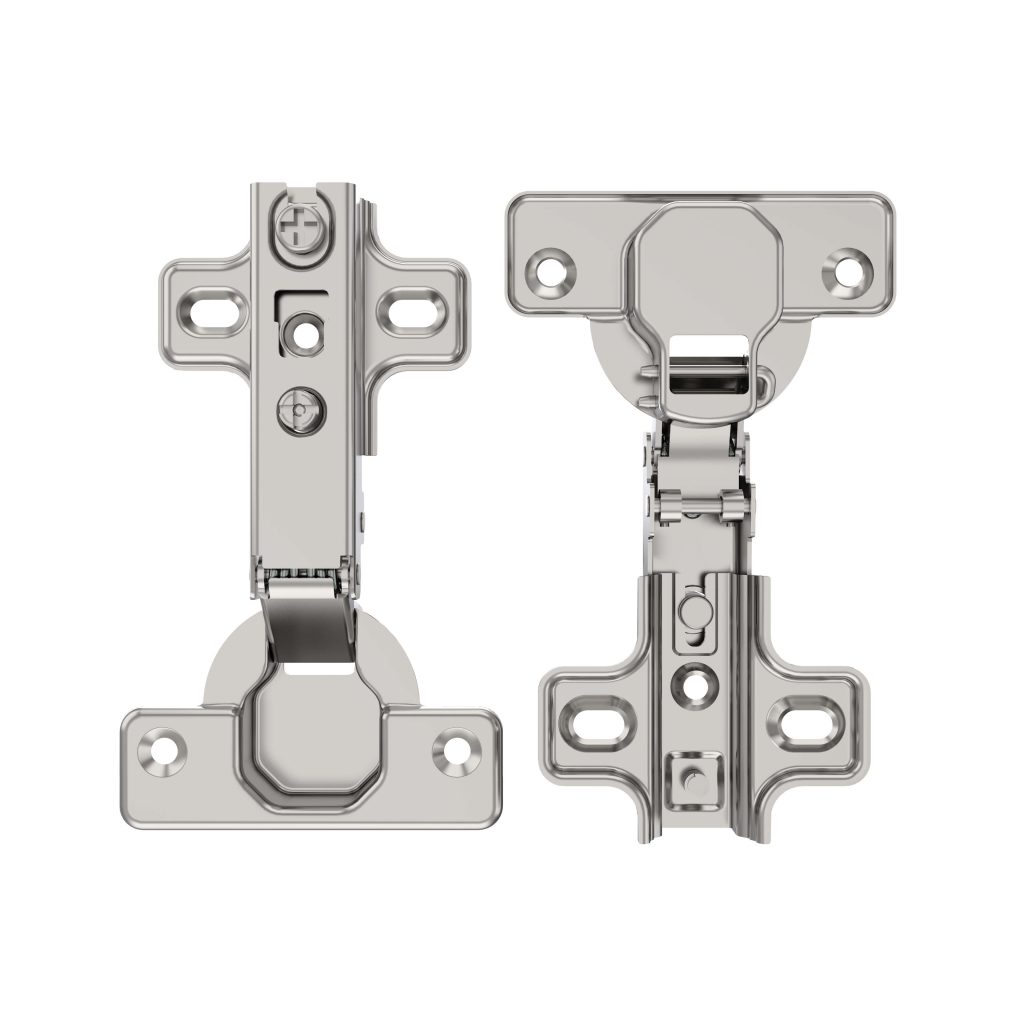What is the History of Hinge Manufacturing
What are Hinges?
The hinges are a simple, yet vital element in our daily lives. They are designed to join two flat face (leaf) parts together, but in a rotating motion. The leaf feature holes where pins, bolts, or screws are inserted to affix the hinge to an object. The question is when was the hinge invented?
Hinge History
Hinges are so ancient that no one in manufacturing, nor historians can tell exactly when they were first invented. However, hinge artifacts have been unearthed throughout Europe, Asia, and Africa. Archeologists have discovered pieces of hinge artifacts as early as the 1600 B.C.
What did people use to secure their doors prior to the hinge creation? Common folks used straps of various types of material like cloth and leather. What we do know is that simple metal hinges were utilized as far back as 5,500 years ago. Some of the earliest hinges, prior to metallurgy, were crafted from wood and stone, followed by the bronze age.
Metal was an expensive material and was so labor intensive that only wealthy societies could afford their use on doors and bridges. Small hinges were also used on jewelry worn by the rich. The hinges served as clasps. When metallurgy spread throughout the world, many different cultures used varying alloys in addition to bronze to make hinges, i.e., brass and steel.
From ancient Egypt, through the Roman era, up to the American Colonial time period, hinges were an important part of world history. The Egyptians used hinges to make mobile items, as well as their use on sacred buildings used by royal figures only. The Romans used hinges for drawbridges, wooden cabinets, doors, catapults, mobile devices, and much more.
When Was the Hinge Invented?
The early American settlers like those of the Jamestown colony, brought hinge technology with them from Europe. Blacksmithing was now a worldwide manufacturing skill that was constantly improving and developing. To help answer the question of when was the hinge invented, here is some background.
In the beginning of the 1850s, a blacksmith from Germany by the name of Charles Hagar started the Hager Company that continues to operate today owned and operated by his descendants. Charles Hagar and his company created hardware items for doors, wheels, rims, including hinges. He also made knives for colonial hunters and hinges for the wooden beer cases.
During the Victorian Era (1837-1901) hinge manufacturing was quickly thrust forward due to the invention of steam power and mechanical industrialization. Different styles, hinge design, and finishes, were rapidly fabricated to meet the demands of 19th Century Europe and America. Popular hinge materials today include brass, chrome, steel (stainless and plain) and more.
Types of Hinges
Modern-day hinge types include the following:
- Butt hinge: this popular hinge style is commonly found on doors, windows, cabinets, furniture, and many other uses.
- Security butt hinge: this style of hinge is in its name. A security butt hinge lock together on a door so that its screws or pins cannot be removed, thus securing any door entryway.
- Ball-bearing hinge: related to the butt hinge, this hinge design features ball bearings to lessen friction on interior doors.
- Continuous Hinge: commonly referred to as a “piano” hinge because its style is used on the lid of a piano. But its function is in its name. A continuous hinge runs the height of a door. It is affixed to weightier and heavier doors, but it also lessens the stress on the door.
- Knife hinge: a knife hinge is two straight pieces like scissors. They are decoratively embedded on cabinets and doors.
- Concealed hinge: when you look at how your cabinet is affixed, you will see a concealed hingedesign.
- T-hinge: Yes, a tee hinge is designed like the letter “T.” It features a narrow and wide leaf. The t-hinge is most popularly used as a flush mount on both residential and commercial gates and doors.
- Double action spring hinge: this popular hinge style is used on commercial doors (bars, restaurants, mall doors and residential use) when the door opens in both directions. Its spring action, then returns the door back to its closed position. This hinge style is also known by the following names:
- Café door hinge
- Double swing hinge
- Saloon door hinge
- Strap Hinge: these hinges are used cabinets and exterior doors. They feature a vintage style that makes your door and furnishings look more ornamental.
- Friction hinge: If you are using a laptop, then the hinge used to open and close it is a friction or torque hinge. A friction or torque hinge keeps doors, cabinets, and other objects from slamming shut when you open them. Nearly every industry uses a friction hinge in its products that require a rotating, tilting, opening, and closing motion, especially for an extended amount of time.
These are just a few popular hinge technology categories. There are more categories of hinges used across a myriad of industries. There are even custom-made hinges for industrial, commercial, and residential use.
Manufacturing Yesterday and Today
The early 19th century hinge manufacturing was done by hand. A wrought iron material was used by blacksmiths. These skilled artisans used fire from a fireplace to heat the material for shaping and crafting. Cooking utensils were also used to complete its style.
Today, even a simple hinge design consists of different methods. To put it simply, it begins with thermal heating to shape and mold it. Followed by a machining process to stamp, cut, reshape, or flatten the metal into a particular shape.
The metal is then treated for waterproofing and anti-rusting against future wear and tear. Removing excess material from the metal workpiece is another way to shape it into a hinge component. One of the last manufacturing processes is to remove excess metal using technology that includes lasers and water-jetting. The final steps involve a finishing process to give it a polished look as well as a special painting finish.
Hinge Endnote
As a simple hardware design, hinges are intricately used everywhere. Currently, there are a myriad of hinges that are a part of our everyday lives, including hinged items used by NASA for spacecraft travel. Hinges today are made with great quality like the Venace hinges that create and produce high-end brand products for their customers. They uphold a motto of “better life, better price”.


